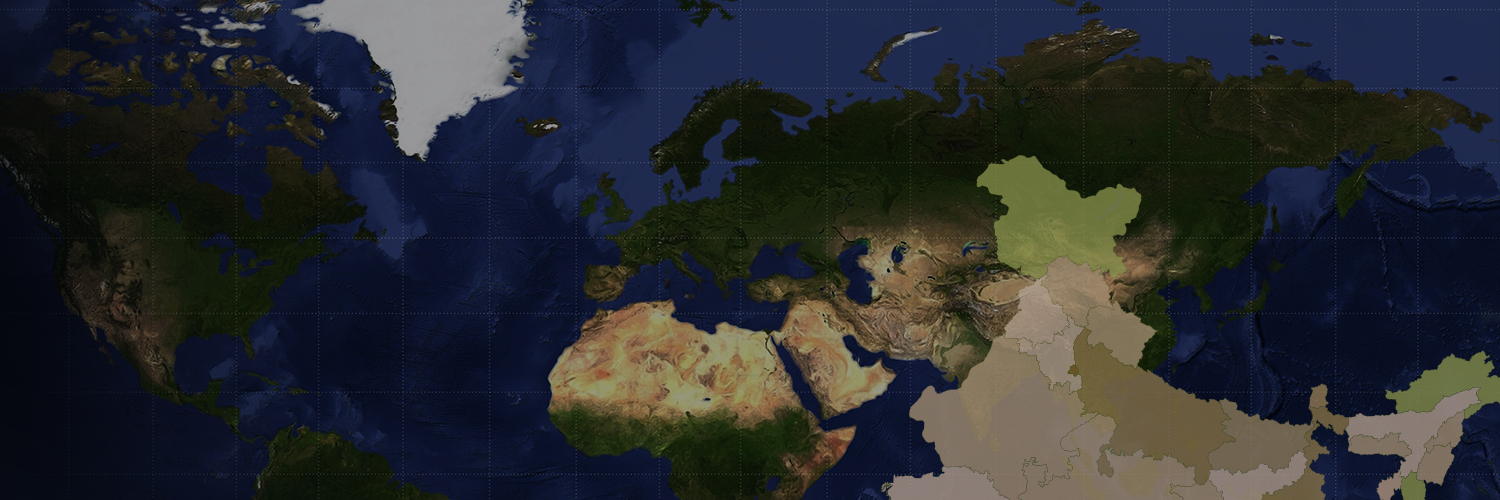
India ranks 10th in the world and 4th in Asia in plant diversity and has 6 per cent of the world’s total flowering plants. 13 per cent of the world’s birds, 12 percent of fish and 5 to 8 per cent of world’s amphibians, reptiles and mammals find shelter in India. The following factors are responsible for this large diversity in India.
Land
Soil
Temperature
Photoperiod (Sunlight)
Precipitation
Tropical Evergreen Forests
Tropical Deciduous Forests
The Thorn Forests and Scrubs
Montane Forests
Mangrove Forests
Medicinal plants: